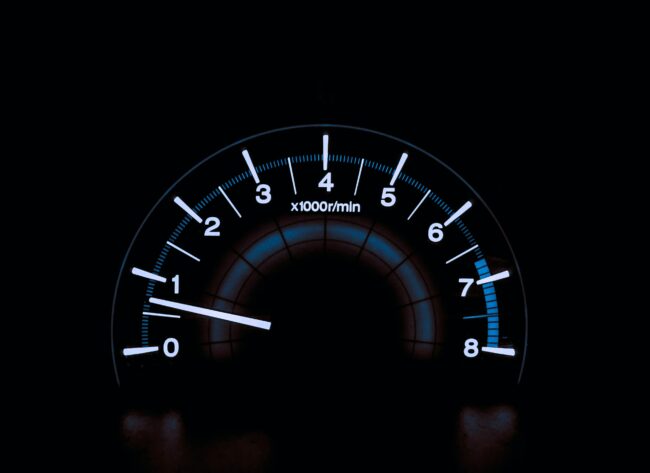
In conversations revolving around distance and fuel efficiency, the words “miles” and “mileage” are frequently interchanged, causing confusion. Let’s see what is the difference between miles and mileage.
What Are Miles?
Miles, in simple terms, are units of length or distance used to measure how far something is. One mile is equivalent to 5,280 feet or approximately 1.609 kilometers.
Key points about miles:
A mile is a fixed unit of measurement.
The abbreviation for miles is “mi.”
“Miles per hour” (mph) is a standard unit used to measure speed.
What Is Mileage?
What is the difference between miles and mileage. It refers to the number of miles a vehicle can travel on a specific amount of fuel (usually gasoline or diesel). Mileage is typically expressed in miles per gallon (mpg) or kilometers per liter (km/l) for international metrics.
Key points about mileage:
Mileage is not a fixed unit of measurement; it varies depending on the vehicle’s fuel efficiency.
The better the mileage, the more fuel-efficient the vehicle is, saving money and reducing environmental impact.

Differences Between Miles and Mileage
Now that we have clarified the basic definitions of miles and mileage let’s delve deeper into the key differences between these two terms:
Miles: As mentioned earlier, miles are a standardized unit of length, representing a fixed distance of 5,280 feet.
Mileage: Mileage, on the other hand, is a dynamic measurement, dependent on fuel efficiency. Mileage, in contrast, is a variable measurement that relies on fuel efficiency.
Miles: Miles are commonly used to measure distances for navigation, construction projects, and geographic purposes. They play a significant role in determining travel distances on maps, road signs, and aviation.
Mileage: Mileage is primarily used to assess vehicle performance in terms of fuel consumption. This information empowers consumers to make educated decisions while buying a new car, favoring vehicles that prioritize fuel efficiency and minimize carbon emissions.
3. Fixed vs. Variable
Miles: A mile is a fixed unit of measurement and remains constant regardless of the context or situation.
Mileage: Mileage is variable and dependent on factors like driving habits, vehicle condition, and road conditions. It can vary significantly between different cars and even for the same vehicle under different driving conditions.
4. Units of Measurement
Miles: The standard unit for miles is “mi,” and distances are expressed in whole numbers of miles (e.g., 10 miles, 50 miles).
Mileage: Mileage is typically measured in miles per gallon (mpg) or kilometers per liter (km/l).

What Is The Best Device For Your Automobile
So, as previously said, there are reasons to adjust the odometer. Many customers wish to evaluate the vehicle’s performance without driving it any farther. You might also put the device to the test. The ideal approach to accomplish this is to use an excellent product called Mileage Blocker, which provides perfect functionality. It terminates the mileage recording procedure from all control units.
Unfortunately, many use this blocker for nefarious purposes, despite the fact that it is illegal and immoral.
Takeaway
In conclusion, the distinction between miles and mileage is quite clear. Miles – fixed units of measurement and they used to express distance. Next time you hit the road, remember the difference between miles and mileage, and drive responsibly!
Latest Posts
- 1
- 2
Is Buying a Car with Over 100k Miles a Good Idea?
April 10, 2024 - 3
Why Are High Mileage Cars So Expensive? – A Guide
April 5, 2024 - 4
Where Is The Mileage Located In A Car?
April 3, 2024 - 5
Whats High Mileage in Vehicles?
March 29, 2024 - 6
What’s The Gas Mileage On A Smart Car: A Comprehensive Guide
March 27, 2024 - 7
At What Mileage Should You Sell Your Car?
March 22, 2024 - 8
Should You Buy a Car with Over 100k Miles?
March 20, 2024 - 9
Should You Buy a Car with 100k Miles?
March 15, 2024 - 10
Understanding ODO Meaning in a Car
March 13, 2024








